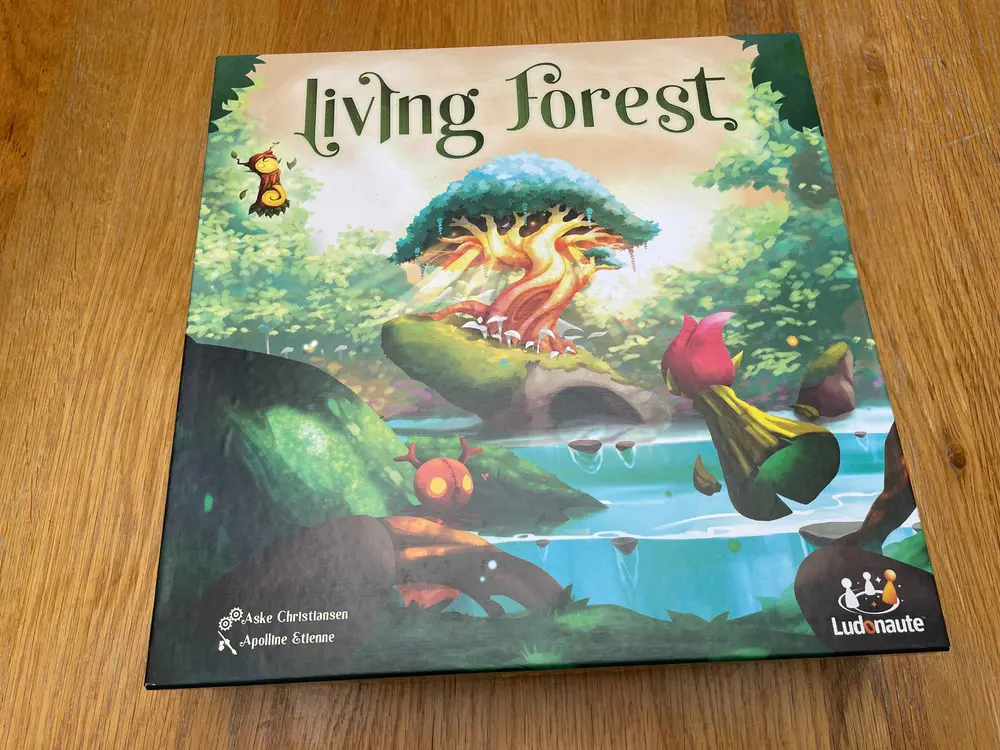Living Forest (2021)
Living Forest
Living Forest is a board game designed by Aske Christiansen and published by Ludonaute in 2021. It is a deck-building, tile placement game where players aim to rescue forest trees from Onibi, a fictitious beast. The game received positive reviews and won awards, including the 2022 Kennerspiel des Jahres and the As d’Or awards.
Why is Living Forest Popular?
Living Forest is popular due to its engaging Gameplay Mechanics of Living Forest, replayability, and component quality. The game combines various mechanics, including deck-building, push-your-luck, and tile placement, making it a unique and exciting experience for players. The game’s three different victory conditions ensure a high level of replayability and a different dynamic to each new game.
Game Components of Living Forest
How To Setup Living Forest
To set up Living Forest, each player selects a nature spirit (spring, summer, autumn, or winter) and receives a corresponding individual board. Players shuffle their Guardian Animal card decks and draw a starting hand. The Circle of Spirits board is placed in the center, and the Fire tiles are positioned according to the starting conditions. Each player’s Sacred Tree token is placed on the board, and the game is ready to begin.
Gameplay Mechanics and Game Objective
Player Experience
In Living Forest, players take on the roles of nature spirits aiming to protect the forest from Onibi’s flames. The game is highly interactive, with each turn offering strategic decisions about when to stop drawing Guardian Animal cards and how to use the elements to perform actions. The blend of deck-building, push-your-luck, and tile placement mechanics provides a dynamic and engaging experience.
Pros
Cons
Personal Thoughts on Living Forest
Living Forest is ideal for those who enjoy strategic games with a mix of luck and planning. It is a great option for families and casual gamers looking for a game that offers depth without being overwhelmingly complex. However, hobby gamers seeking a more challenging experience might find it a bit too lightweight. The game’s beautiful artwork and immersive theme make it a standout in its category, and its high replayability ensures it will remain a favorite for many game nights to come.
We are supported by our audience. When you purchase through links on our site, we may earn an affiliate commission, at no extra cost for you. Learn more.

